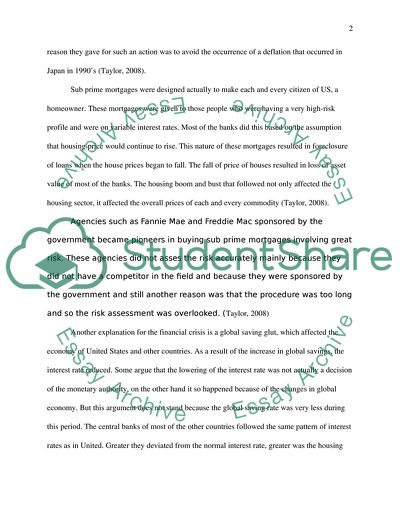Cite this document
(Economical changes during 2008-09 financial crisis Coursework, n.d.)
Economical changes during 2008-09 financial crisis Coursework. https://studentshare.org/macro-microeconomics/1555964-economical-changes-during-2008-09-financial-crisis
Economical changes during 2008-09 financial crisis Coursework. https://studentshare.org/macro-microeconomics/1555964-economical-changes-during-2008-09-financial-crisis
(Economical Changes During 2008-09 Financial Crisis Coursework)
Economical Changes During 2008-09 Financial Crisis Coursework. https://studentshare.org/macro-microeconomics/1555964-economical-changes-during-2008-09-financial-crisis.
Economical Changes During 2008-09 Financial Crisis Coursework. https://studentshare.org/macro-microeconomics/1555964-economical-changes-during-2008-09-financial-crisis.
“Economical Changes During 2008-09 Financial Crisis Coursework”. https://studentshare.org/macro-microeconomics/1555964-economical-changes-during-2008-09-financial-crisis.


